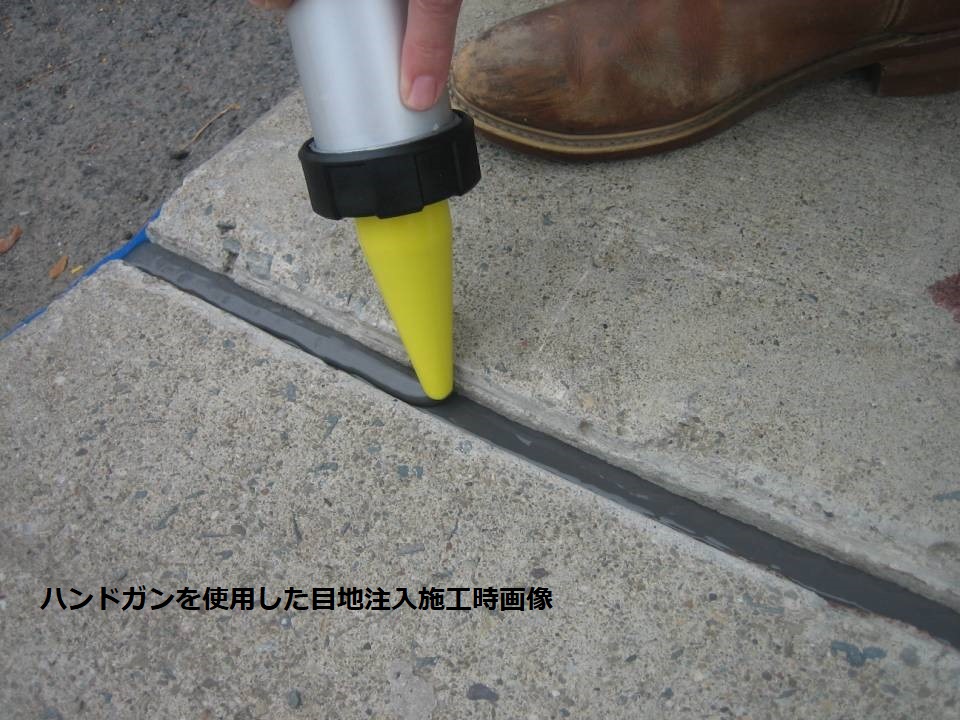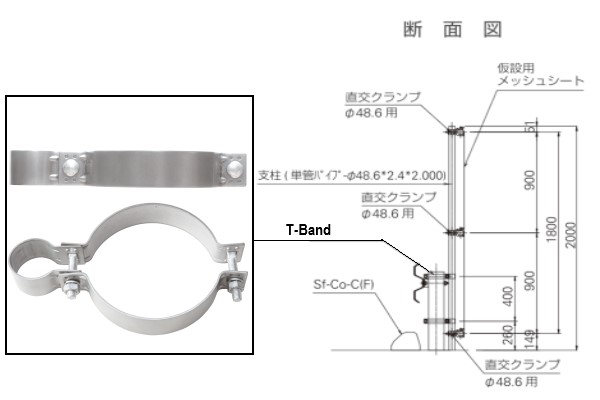2024-03-12 ノースカロライナ州立大学(NCState)
◆この白色信号は、自動車が交差点を効率的に通過するように協調していることを示すもので、モデルでは歩行者の影響も考慮されており、交通の効率性を向上させることが示されている。将来的には、交通の遅延が25%以上減少する可能性があるが、実際には完全に自動運転車が普及するまでに時間がかかる。現在、実験が進行中で、将来のパイロットプロジェクトが安全かつ効果的に行われるように準備が進められている。
<関連情報>
- https://news.ncsu.edu/2024/03/traffic-signal-pedestrians-vehicles/
- https://onlinelibrary.wiley.com/doi/10.1111/mice.13178
- https://ieeexplore.ieee.org/document/10038635
歩行者を配慮したホワイトフェイズ移動交通制御パラダイムの進展 Advancing the white phase mobile traffic control paradigm to consider pedestrians
Ramin Niroumand, Leila Hajibabai, Ali Hajbabaie
Computer-Aided Civil and Infrastructure Engineering Published: 10 March 2024
DOI:https://doi.org/10.1111/mice.13178

Abstract
Current literature on joint optimization of intersection signal timing and connected automated vehicle (CAV) trajectory mostly focuses on vehicular movements paying no or little attention to pedestrians. This paper presents a methodology to safely incorporate pedestrians into signalized intersections with CAVs and connected human-driven vehicles (CHVs). The movements of vehicles are controlled using both traffic lights and mobile CAV controllers during our newly introduced “white phase.” CAVs navigate platoons of CHVs through the intersection when the white phases are active. In addition to optimizing CAV trajectories, the model optimally selects the status of the traffic light signal among white and green indications for vehicular and walk and do-not-walk intervals for pedestrian movements. A receding horizon-based methodology is used to capture the stochastic nature of the problem and to reduce computational complexity. The case study results show the successful operation of fleets consisting of pedestrians, CAVs, and CHVs with various demand levels through isolated intersections. The results also show that increasing the CAV market penetration rate (MPR) can decrease average intersection delay by up to 27%. Moreover, the average pedestrian, CHV, and CAV delays decrease as the CAV MPR increases and reach their minimum values with a fully CAV fleet. In addition, the presence of the white phase can decrease the intersection average delay by up to 14.7%.
分散協調による白相交差点制御: 混合交通流における移動制御パラダイム White Phase Intersection Control Through Distributed Coordination: A Mobile Controller Paradigm in a Mixed Traffic Stream
Ramin Niroumand; Leila Hajibabai; Ali Hajbabaie
IEEE Transactions on Intelligent Transportation Systems Published:06 February 2023
DOI:https://doi.org/10.1109/TITS.2022.3226557
Abstract
This study presents a vehicle-level distributed coordination strategy to control a mixed traffic stream of connected automated vehicles (CAVs) and connected human-driven vehicles (CHVs) through signalized intersections. We use CAVs as mobile traffic controllers during a newly introduced “white phase”, during which CAVs will negotiate the right-of-way to lead a group of CHVs while CHVs must follow their immediate front vehicle. The white phase will not be activated under low CAV penetration rates, where vehicles must wait for green signals. We have formulated this problem as a distributed mixed-integer non-linear program and developed a methodology to form an agreement among all vehicles on their trajectories and signal timing parameters. The agreement on trajectories is reached through an iterative process, where CAVs update their trajectory based on shared trajectory of other vehicles to avoid collisions and share their trajectory with other vehicles. Additionally, the agreement on signal timing parameters is formed through a voting process where the most voted feasible signal timing parameters are selected. The numerical experiments indicate that the proposed methodology can efficiently control vehicle movements at signalized intersections under various CAV market shares. The introduced white phase reduces the total delay by 3.2% to 94.06% compared to cooperative trajectory and signal optimization under different CAV market shares in our tests. In addition, our numerical results show that the proposed technique yields reductions in total delay, ranging from 40.2% – 98.9%, compared to those of a fully-actuated signal control obtained from a state-of-practice traffic signal optimization software.



